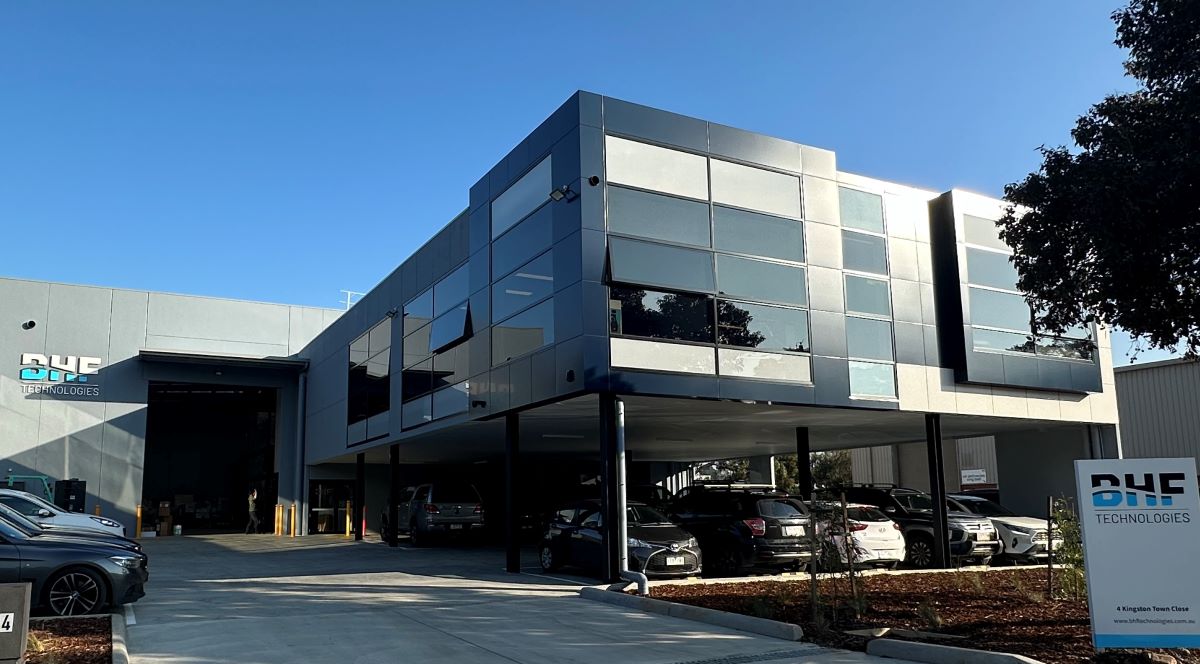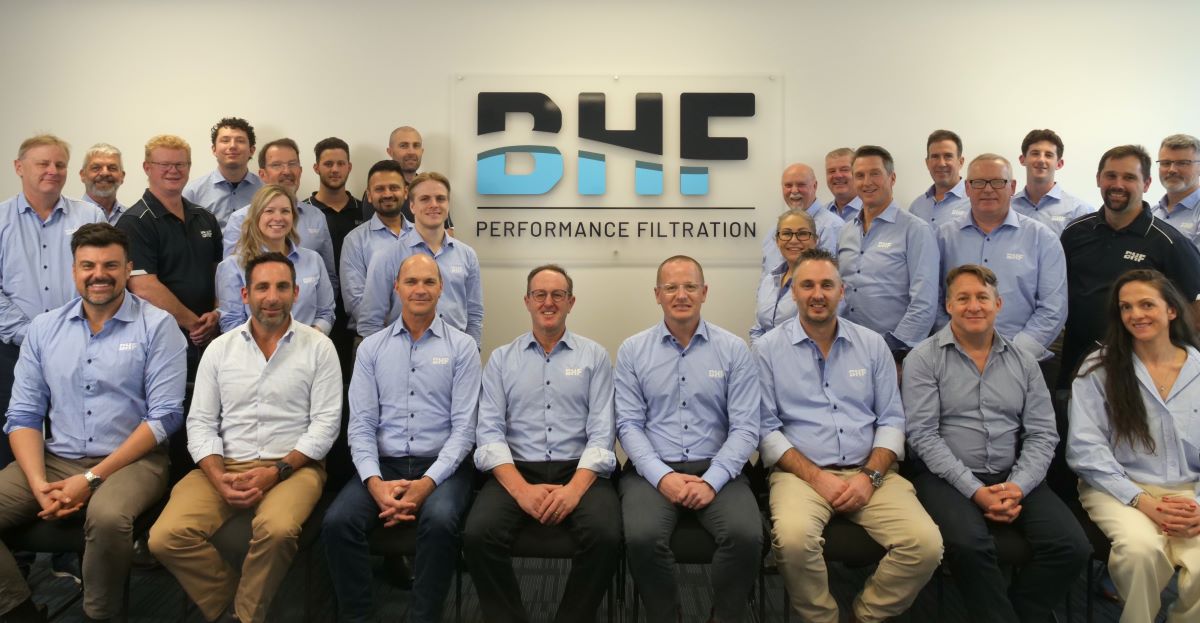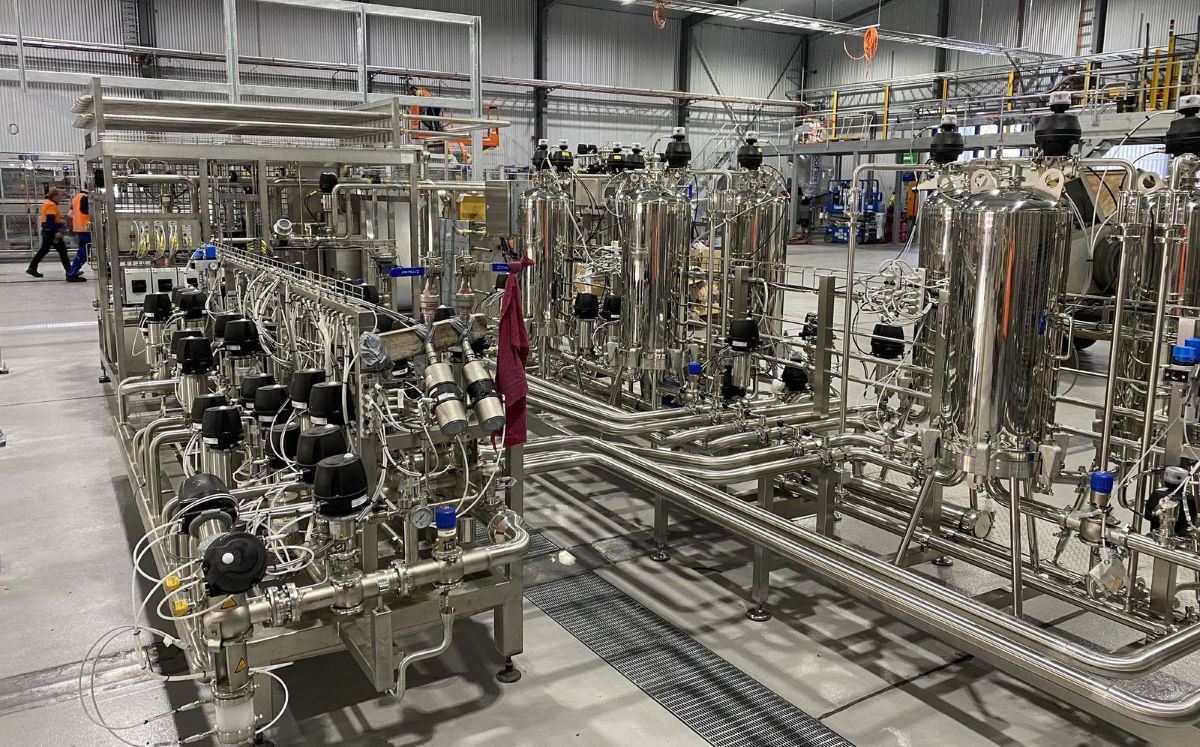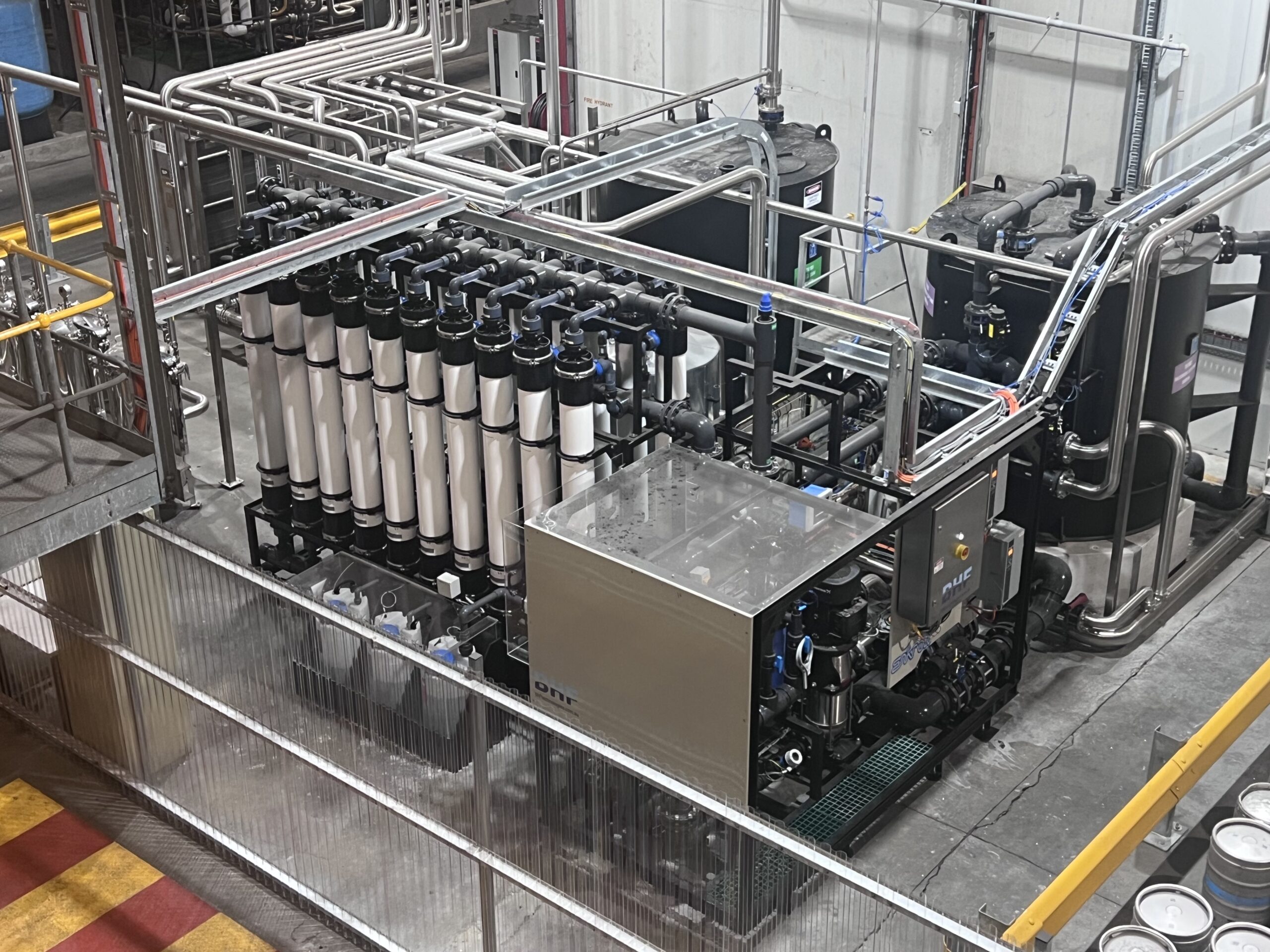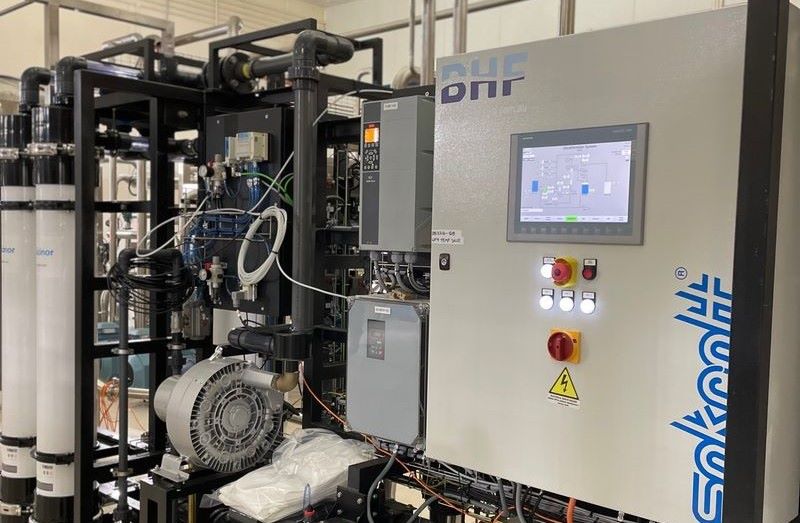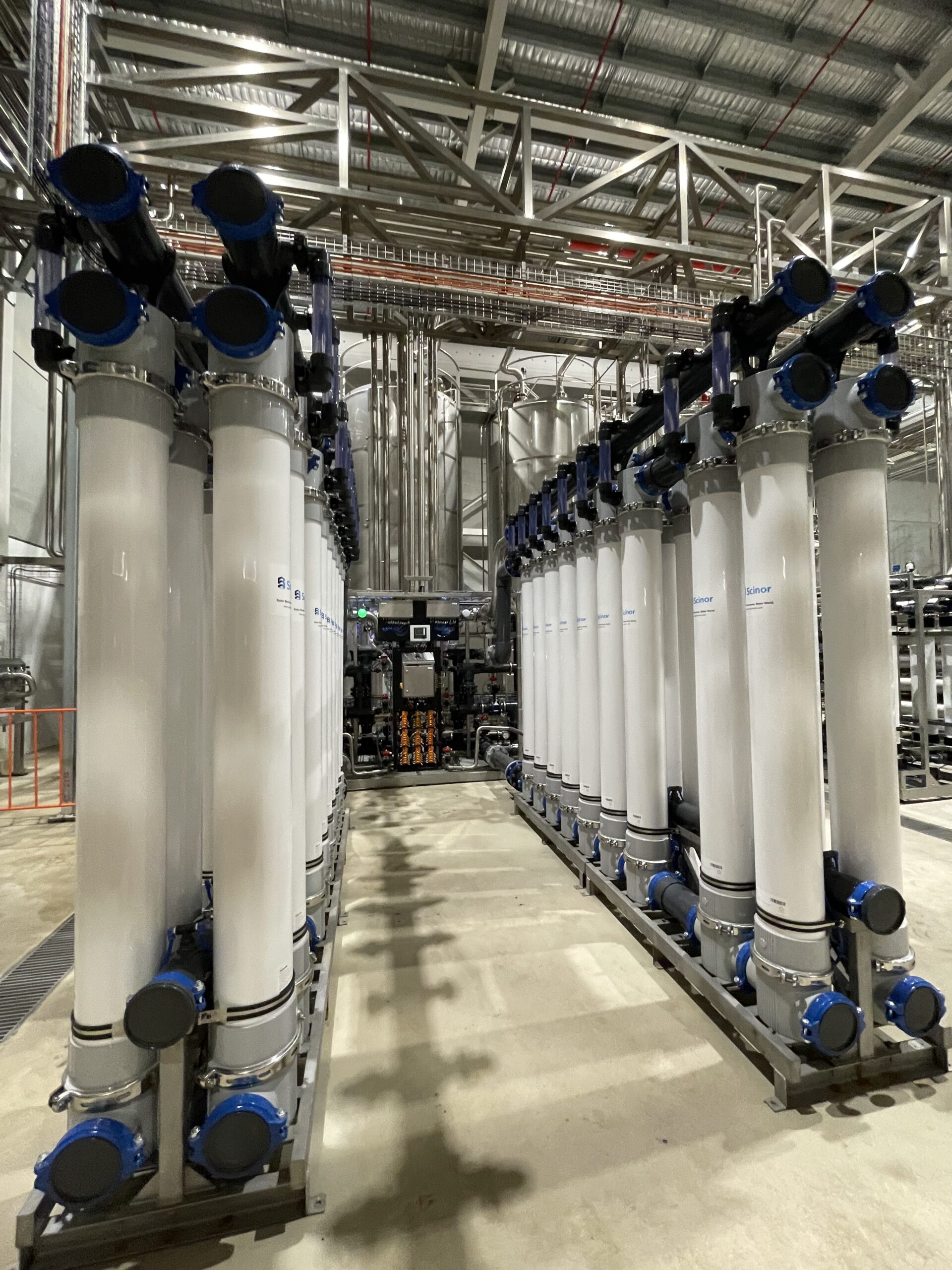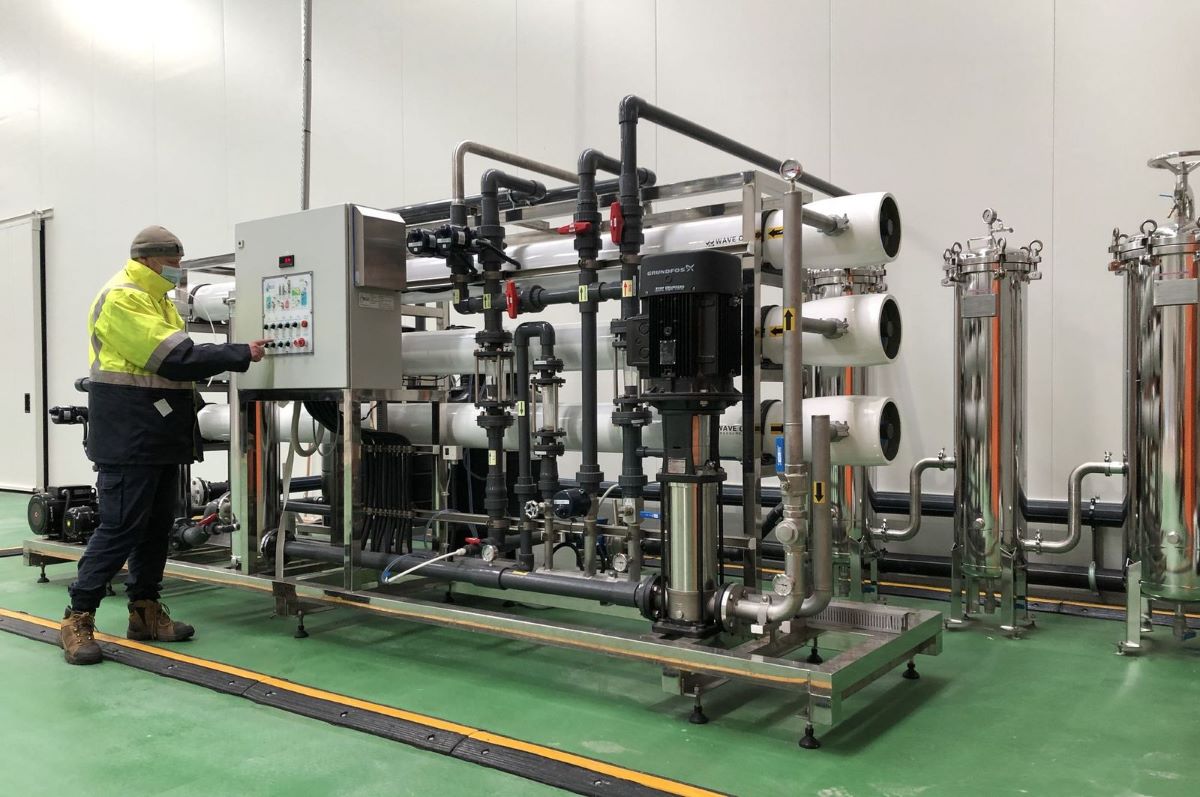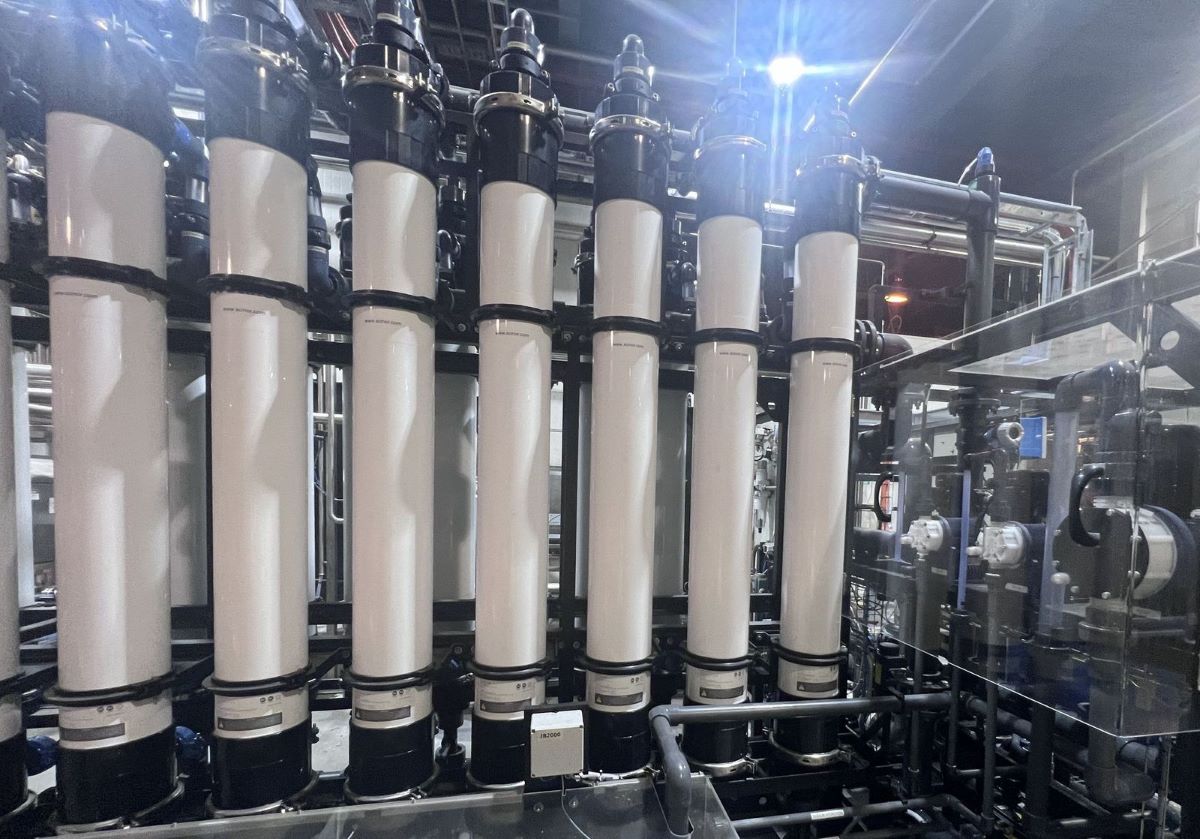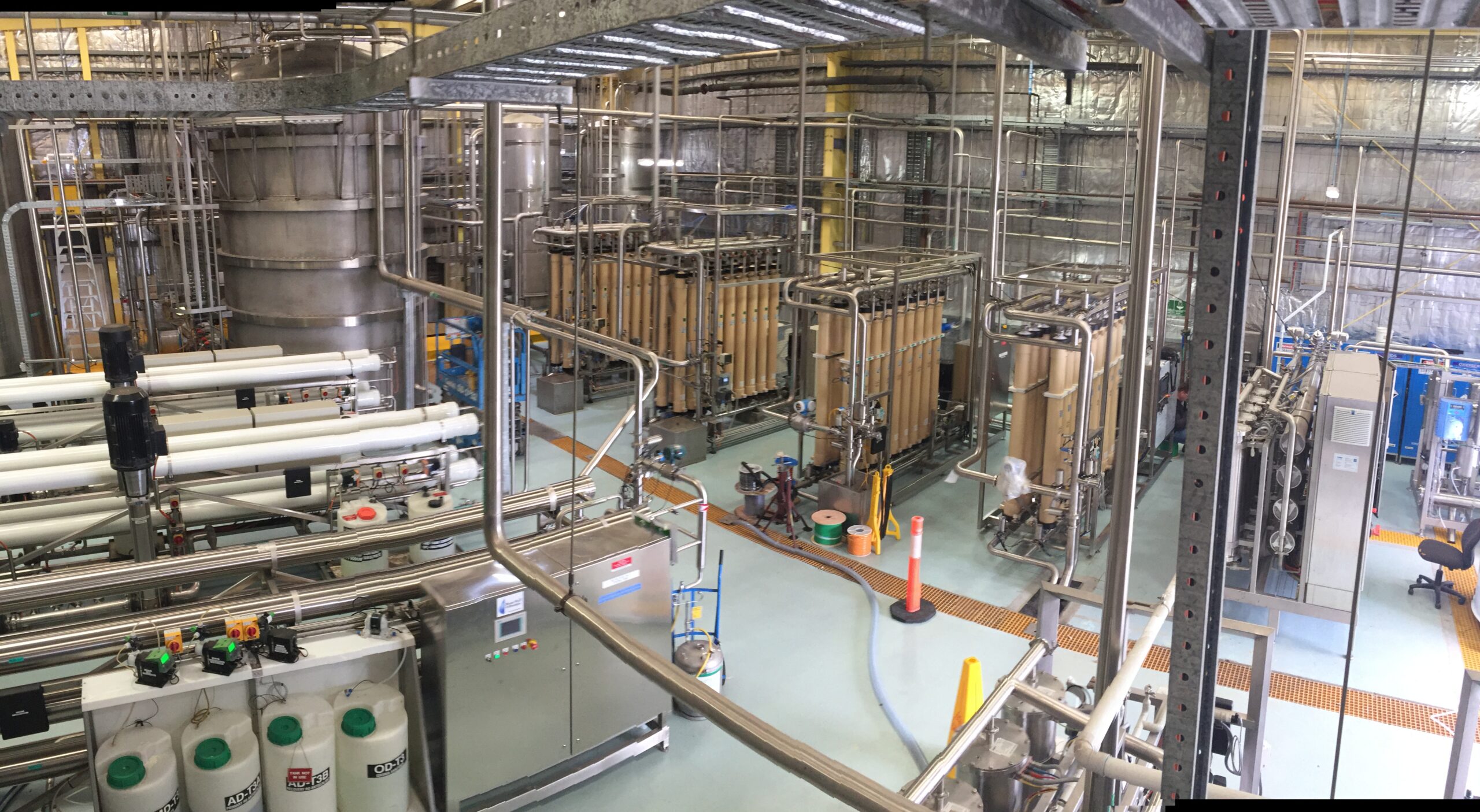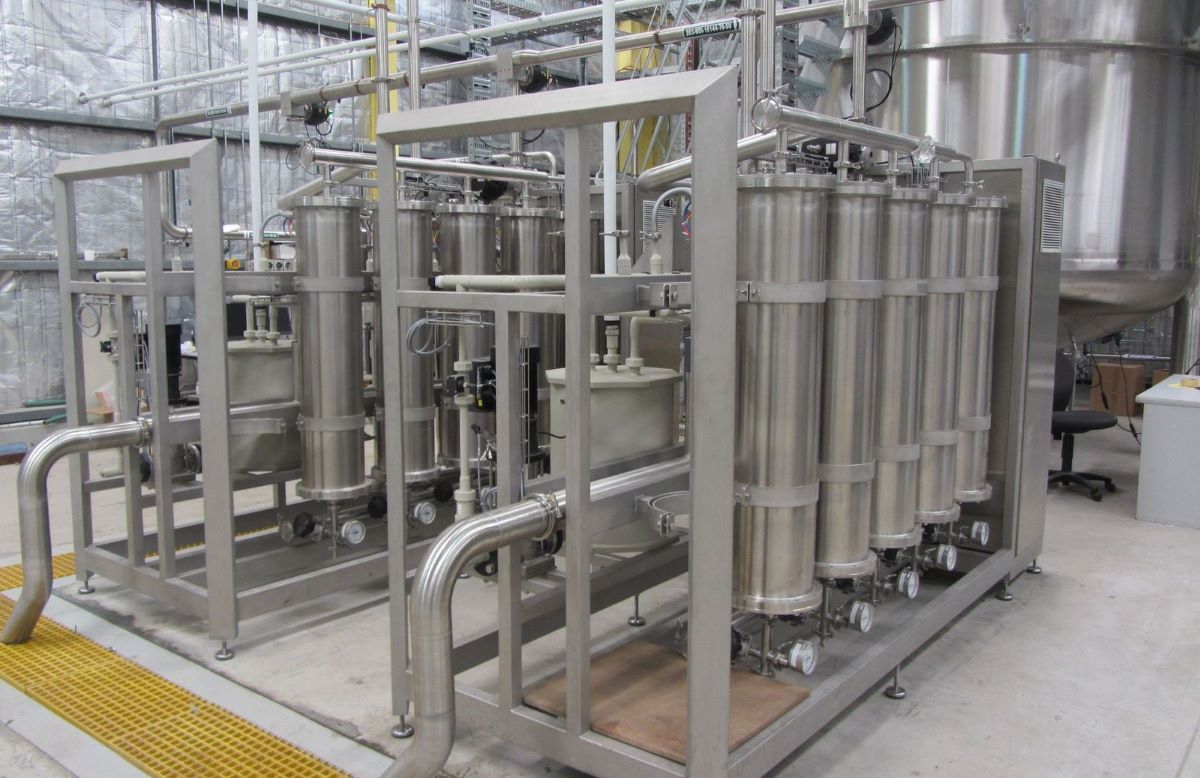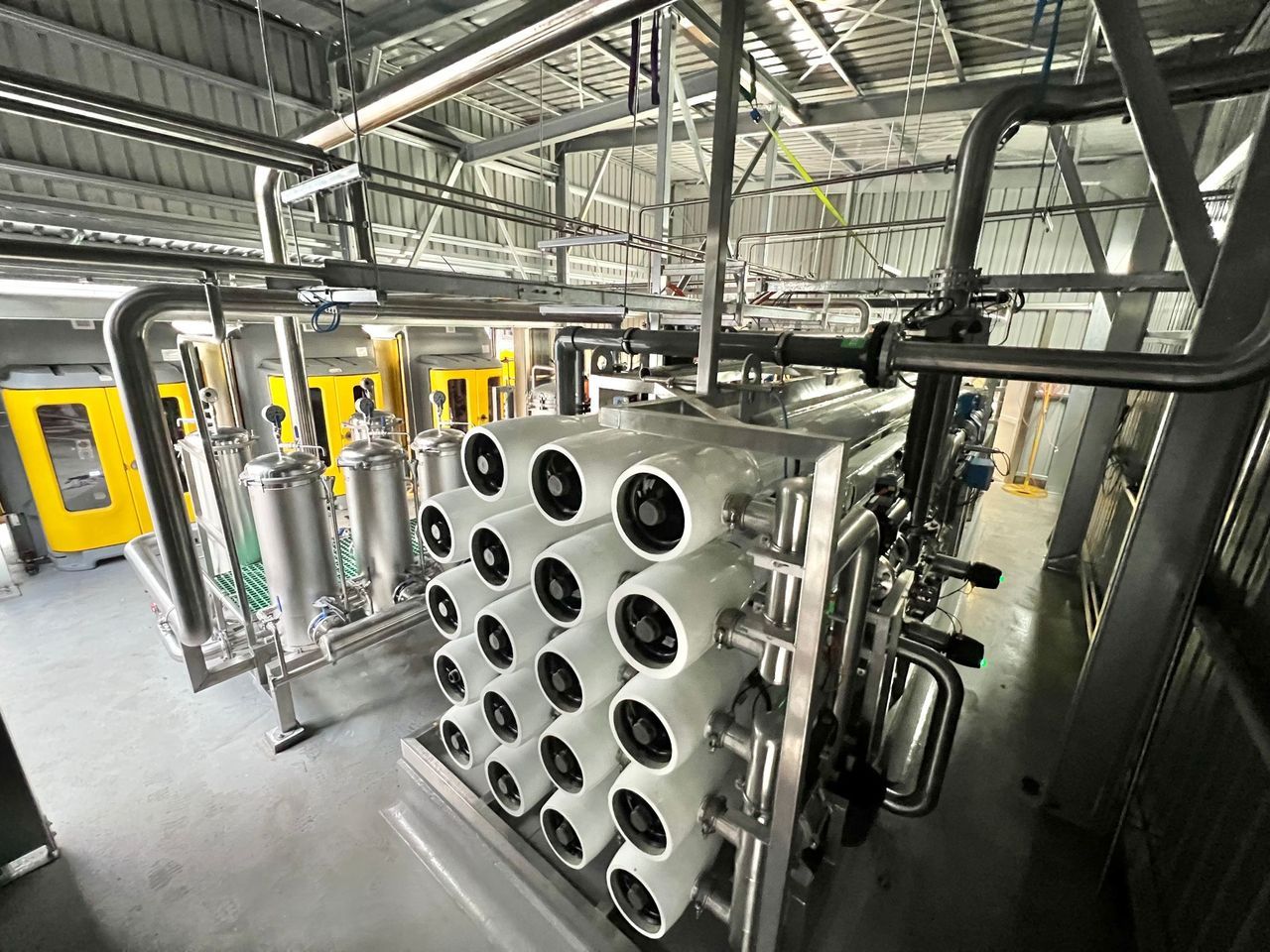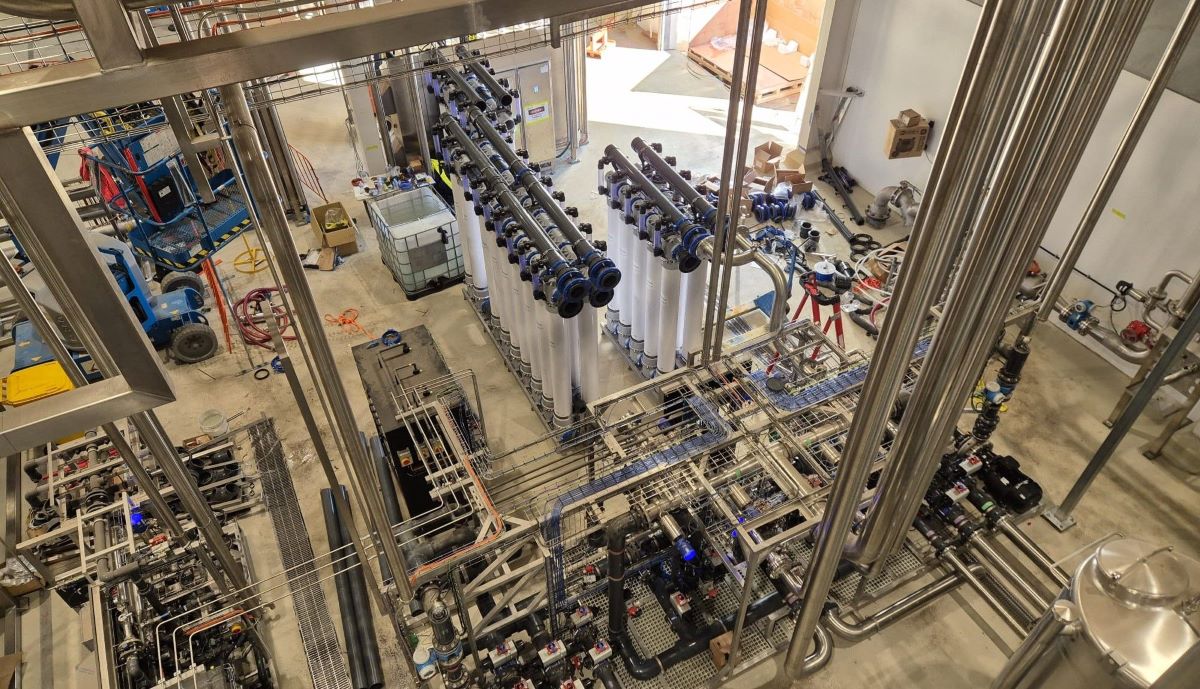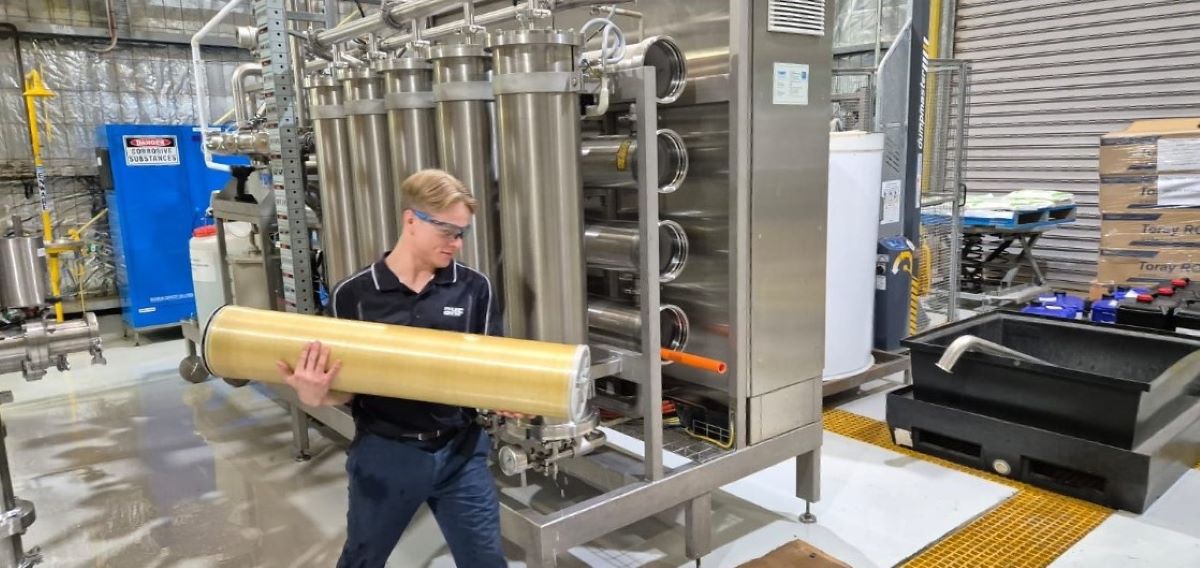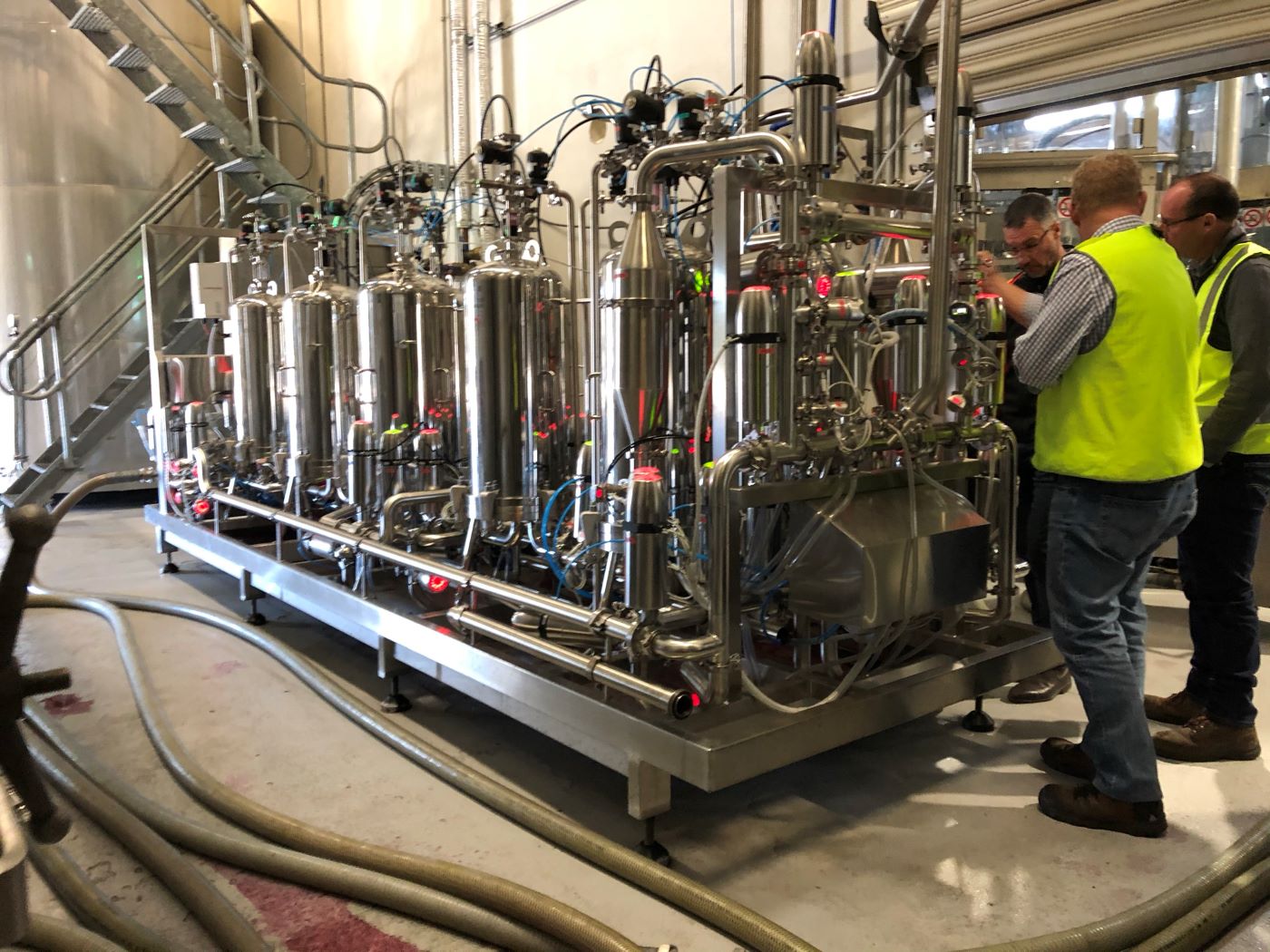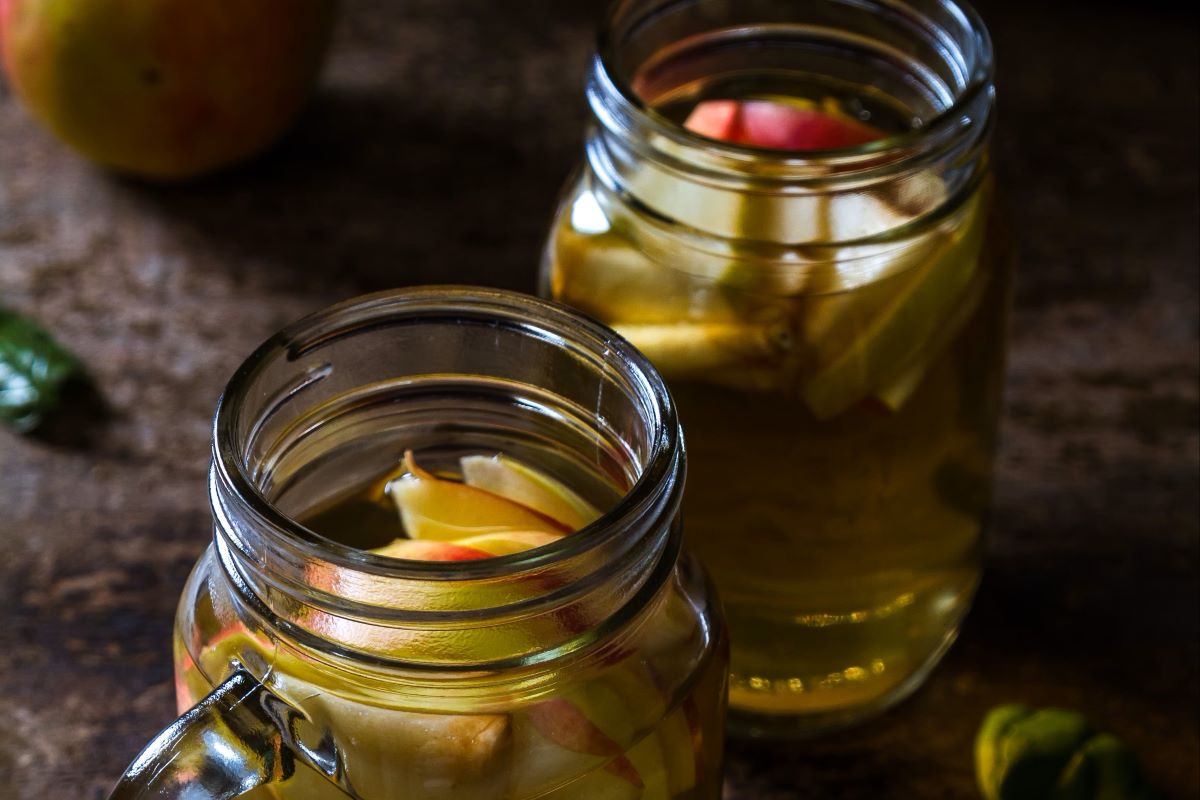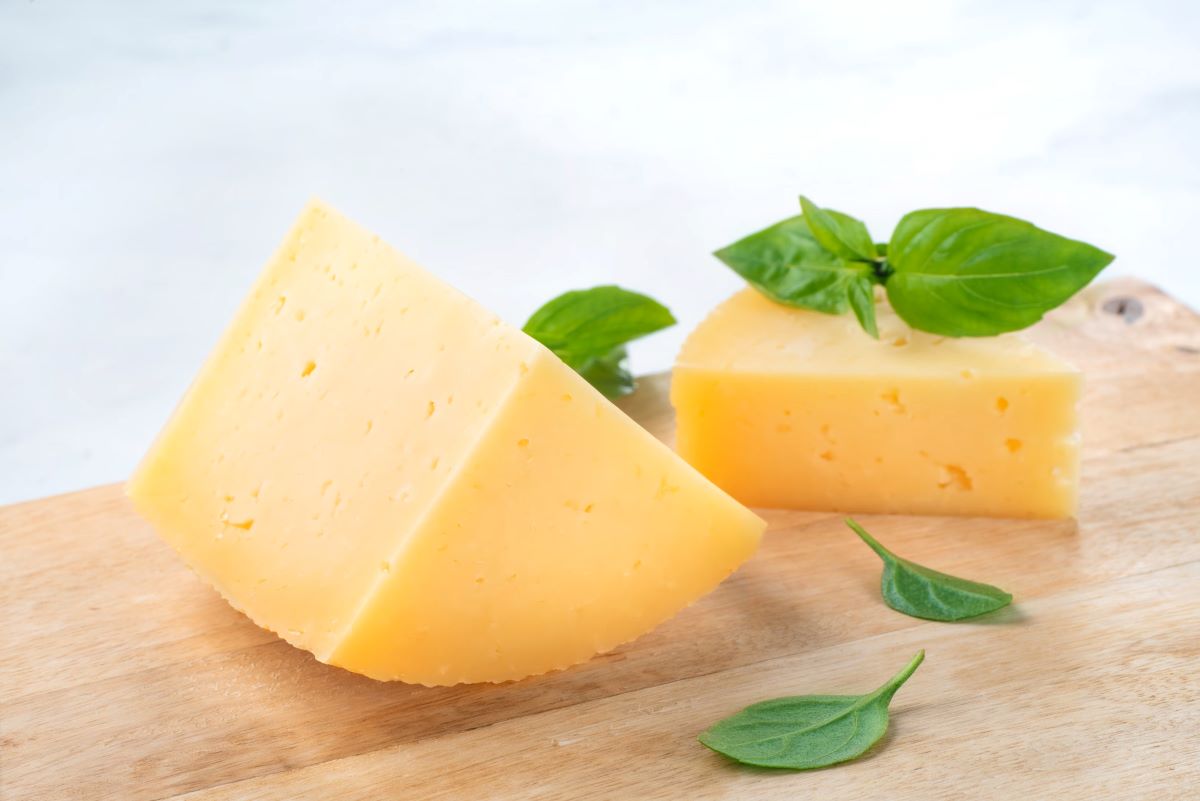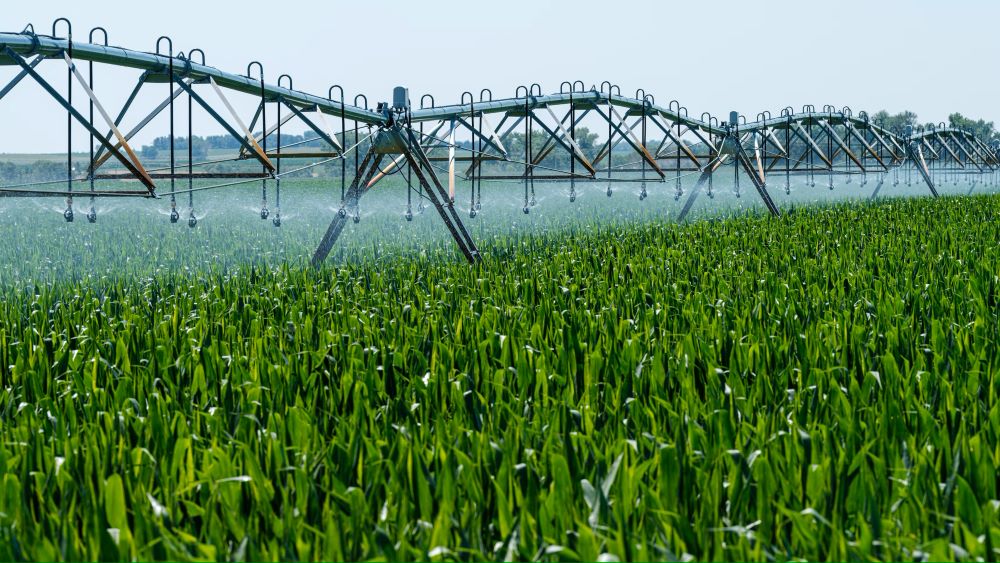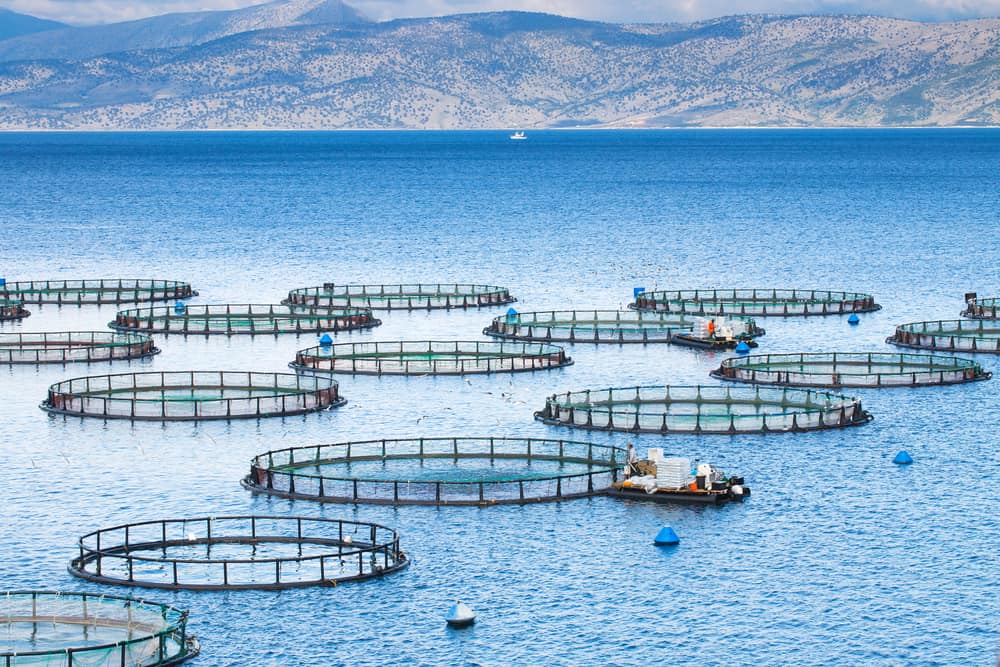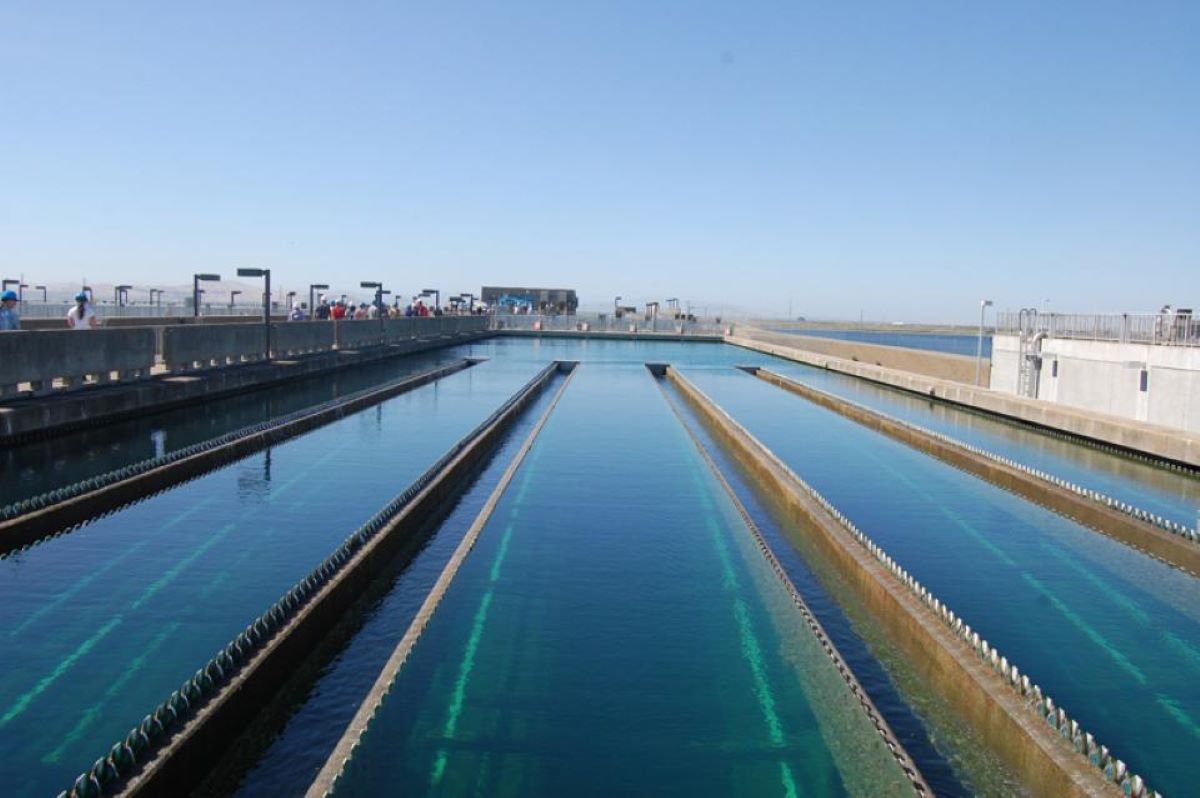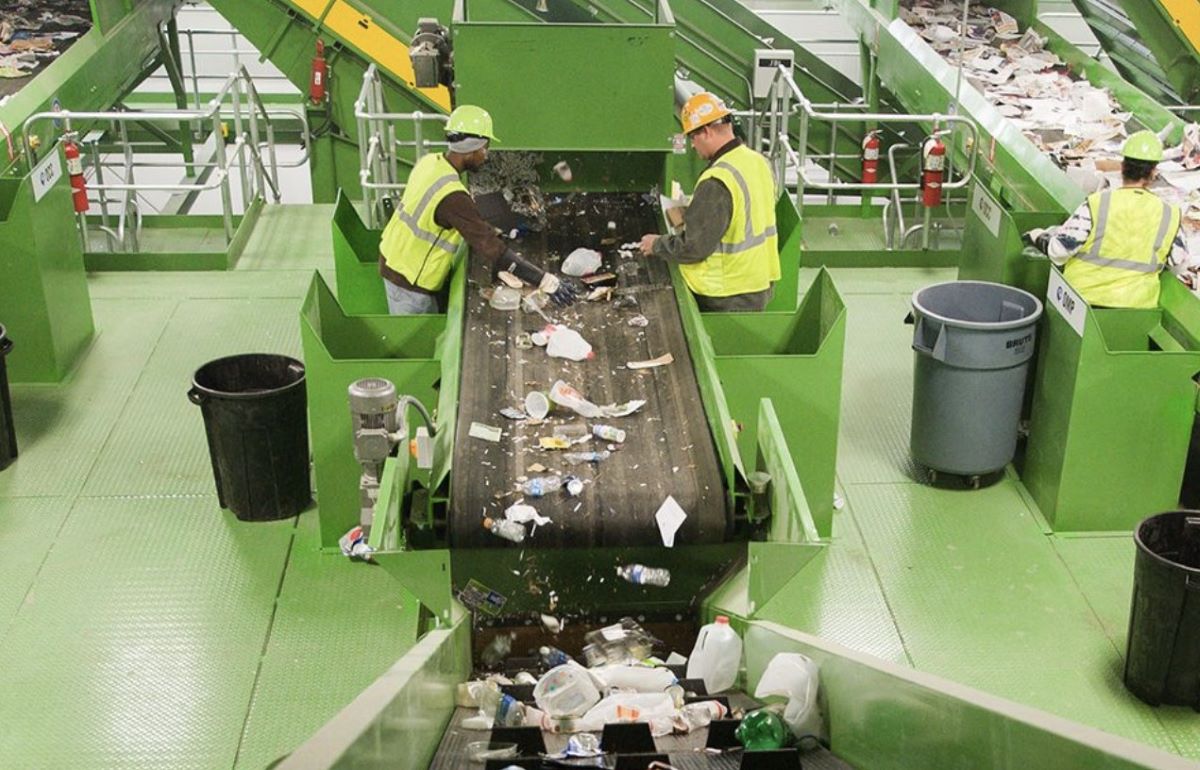Turbidity Versus Wine Filterability – The Impact On Filtration Media
Turbidity is used as a means of assessing the particulate level in a wine (visual clarity), and from this its suitability for bottling is determined. There are many potential suspended components in a liquid, such as silt, yeast, bacteria, amorphous and crystalline materials that cause turbidity. A commonly used threshold for sterile bottling is < 1 nephelometric turbidity unit (NTU): If a wine has an NTU < 1, it is deemed suitable for sterile bottling in terms of how it will present in the bottle and its likelihood of fouling filtration media, specifically “sterile” membranes and membrane pre-filters. If the pre-bottling wine NTU > 1, and the wine is to be “sterile” filled, then it is recommended that the wine receives extra prior filtration. This may be depth or cross flow filtration in the cellar, or depth filtration on line, depending on the severity of the problem and the cost to the owner of the wine.
BHF wishes to thank The Australian and New Zealand Grapegrower and Winemaker for permission to reproduce this article. Subscription information can be found here.
